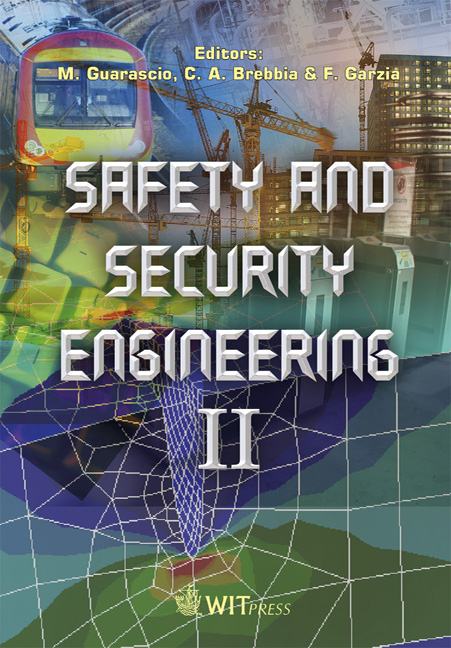Integrated Anti-terrorism Physics-based Modelling Part 3: Agent-based Simulation Of Human Movements During Emergency Evacuations Of Facilities
Price
Free (open access)
Transaction
Volume
94
Pages
10
Published
2007
Size
569 kb
Paper DOI
10.2495/SAFE070521
Copyright
WIT Press
Author(s)
F. A. Maestas, J. L. Smith & L. A. Young
Abstract
During and after any extreme event of natural or man-made origin, getting people out of harms way and to an area of safety are primary objectives. Orderly and efficient evacuations are the key to saving lives. This was clearly demonstrated during the attacks on the Pentagon and World Trade Center towers on September 11, 2001. One of the major recommendations from the US Government’s Draft Final Report on the World Trade Center Towers collapse was that building evacuation modeling and procedures should be improved to facilitate safe and rapid egress and support better occupant preparedness for evacuation during emergencies. Performing actual physical evacuations of large occupied facilities is expensive and disruptive to occupants and visitors. Accurately evaluating the affects of various events such as loss of power, smoke, fire, explosions, chemical contamination and structural collapse on human movements is not feasible in real world evacuation exercises. This paper examines a new technology, computer-aided, intelligent agent-based evacuation modeling, that can: model and help plan emergency evacuations; run numerous, accurate event-driven evacuation scenarios; support the design of egress for new facilities or facility modernizations; support research in the areas of human behavior in disaster sociology; and model the movement of first responders and security personnel. Keywords: emergency evacuation, scenario-based simulation, agent-based evacuation modelling, disaster management.
Keywords
emergency evacuation, scenario-based simulation, agent-based evacuation modelling, disaster management.





